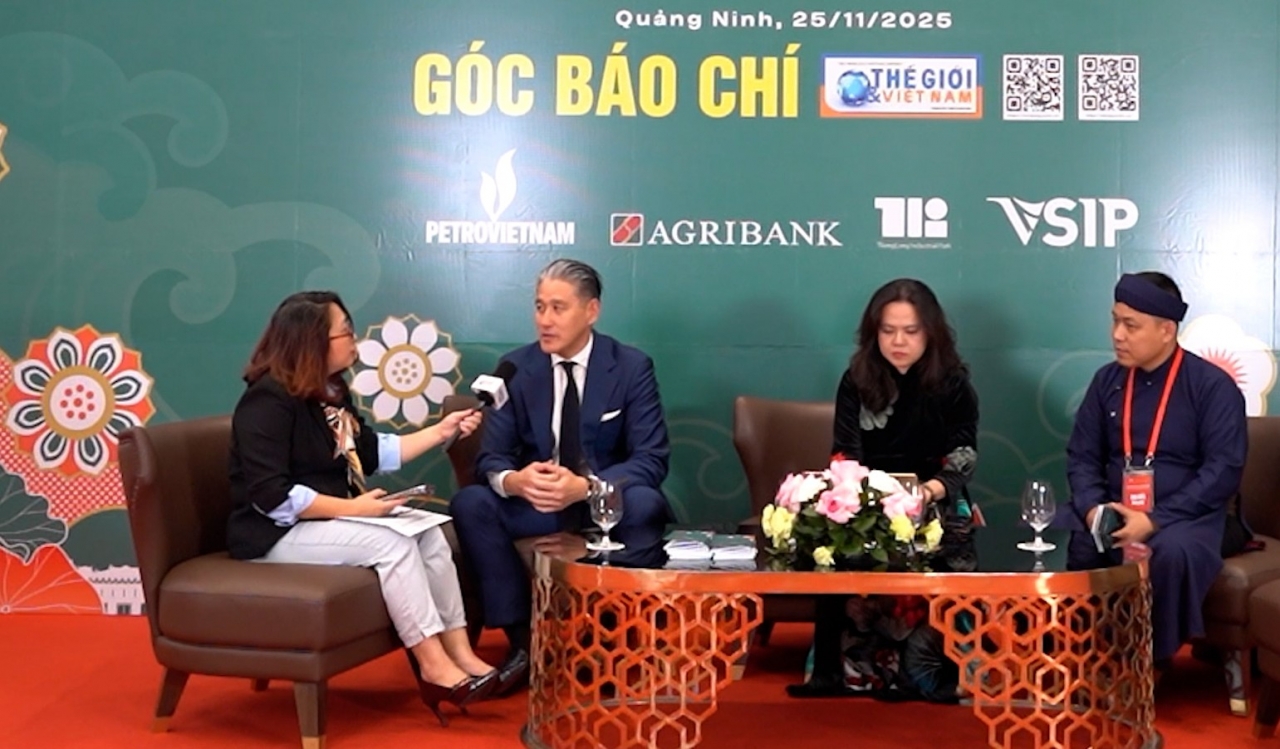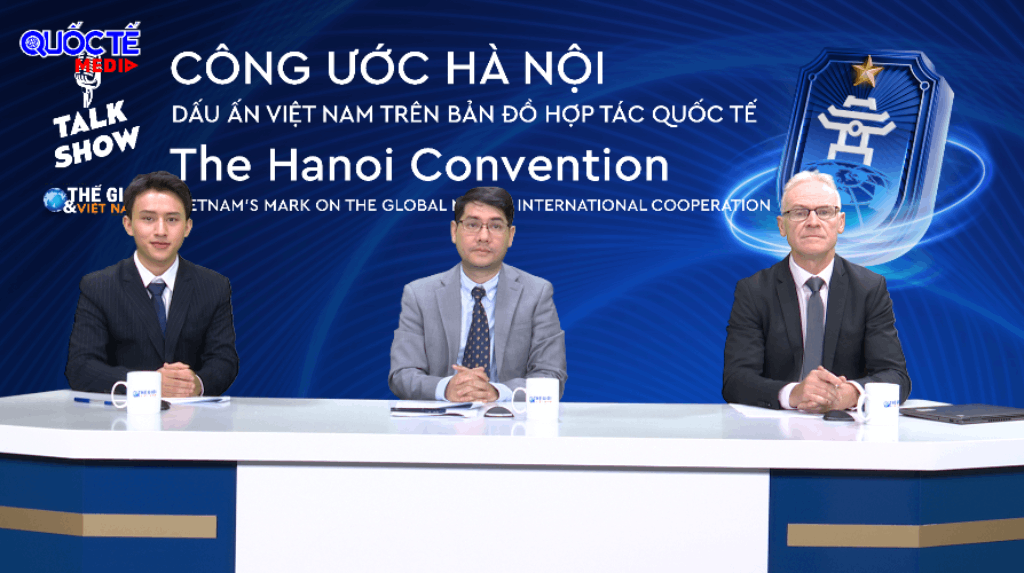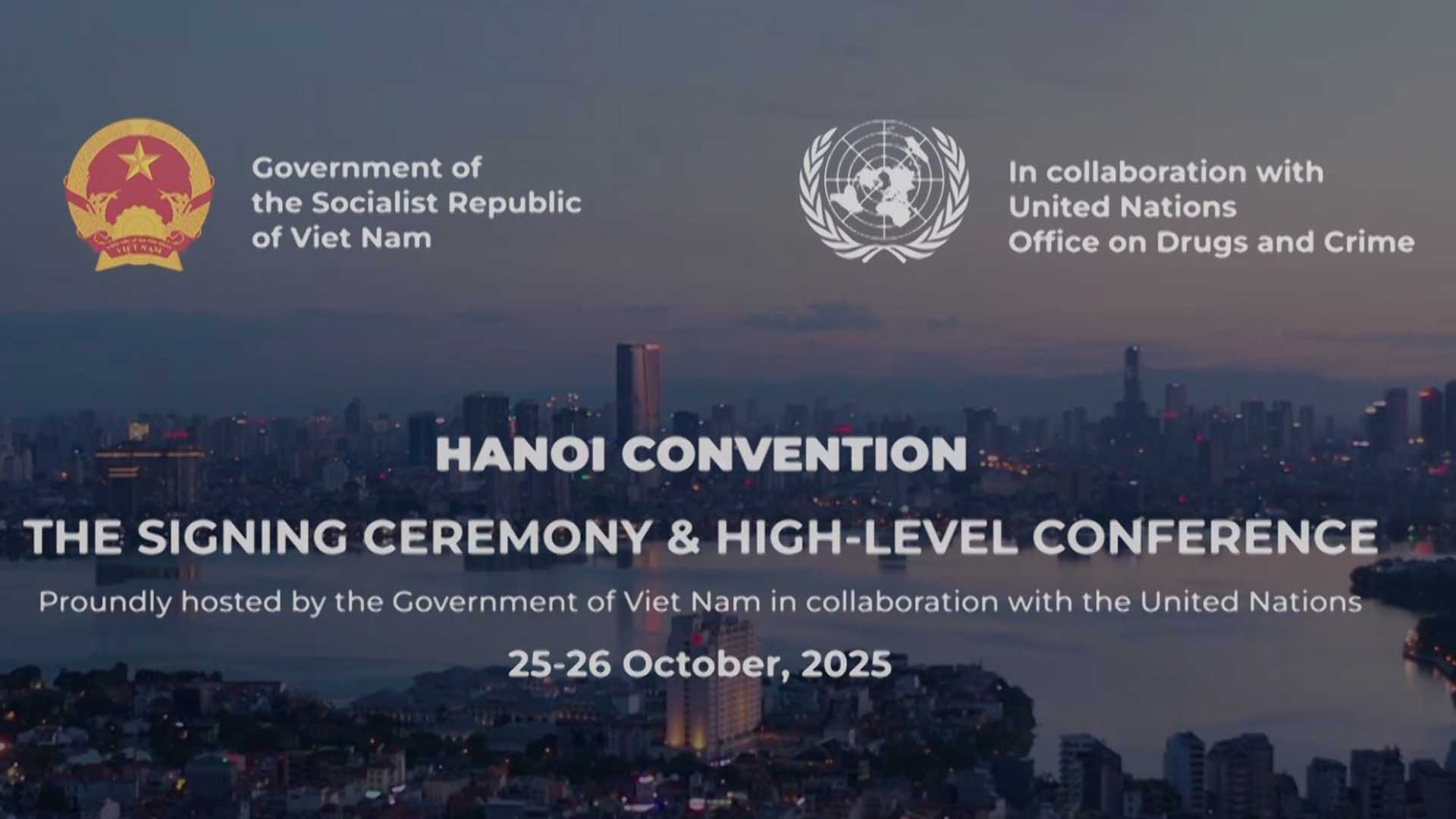
Trump Doctrine 2.0: Redefining the global order and its impact on the Asia-Pacific
Latest
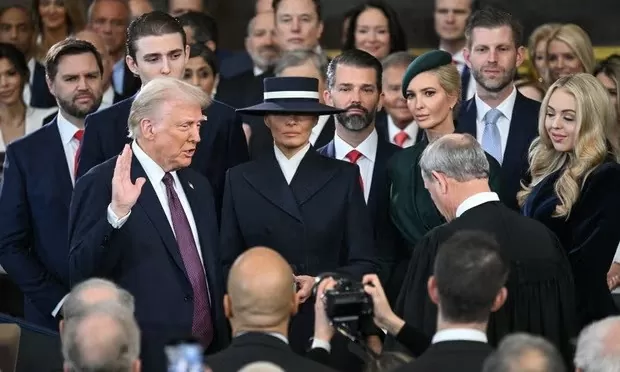 |
| The U.S. President Donald Trump takes the oath of office at the Capitol on January 20. (Source: The Guaridan) |
Five key components
The Trump Doctrine 2.0 is rooted in three central tenets: (1) Lessons drawn from America’s prior military interventions, (2) shifts in the global power balance with the ascent of major players like China and Russia, and (3) the imperative to safeguard U.S. leadership in the international system.
Built on these foundations, the doctrine advances five key components designed to assert and maintain American dominance.
The first, economic protectionism as a pillar of national Interest.
A cornerstone of President Trump’s strategy is revitalizing the U.S. economy by reducing dependence on global supply chains, particularly those linked to China. Under the “Made in America” initiative, the administration emphasizes domestic production and proposes creating an External Revenue Service to impose import taxes on nations benefiting disproportionately from U.S. markets.
This measure seeks to generate revenue and alleviate the trade deficit. Renegotiating bilateral trade agreements is another hallmark of the doctrine. President Trump insists on fairer economic burden-sharing among partners while pressing allies like Japan, the Republic of Korea, and the European Union to contribute more financially to defense and trade agreements.
The second, strategic containment of rival powers.
The Trump Doctrine identifies China and Russia as the primary challengers to U.S. global preeminence.
Targeting China: The administration adopts a hardline approach, employing high tariffs on imports, restricting access to critical U.S. technologies, and intensifying economic sanctions. These measures are designed to undermine China’s economic and technological ascendancy, particularly in areas like artificial intelligence and semiconductor development.
Countering Russia: President Trump prioritizes reinforcing NATO and bolstering security alliances in the Arctic, a region of growing Russian influence. Amid the ongoing conflict in Ukraine, the U.S. tightens sanctions on Moscow and demands increased defense spending from European allies to fortify collective security.
The third, building a conservative western order.
The Trump Doctrine envisions a reconfigured Western alliance, aligned by conservative ideology. The administration openly critiques progressive governments in Canada, Germany, and France, accusing them of undermining global stability with liberal policies.
President Trump’s strategy involves supporting conservative movements in these nations to foster an ideologically unified international order. This approach not only bolsters U.S. strategic interests but also seeks to realign global power structures in favor of traditional values and conservative governance.
The fourth, “Peace through strength”.
Central to the doctrine is the belief that American military superiority is essential to securing national interests and deterring adversaries. This principle is enacted through: Increased defense budgets and modernization initiatives, with investments in hypersonic weapons, missile defense systems, and other advanced technologies. A robust military presence in critical regions, including the Middle East, the South China Sea, and the Taiwan Strait. Proactive military deterrence to protect allies and sustain a global order advantageous to the U.S. While advocating an end to prolonged military engagements, Trump underscores a willingness to deploy force whenever necessary to protect American interests.
The Fifth, pragmatic Multilateralism.
President Trump’s approach to multilateralism is utilitarian, advocating for international institutions to serve U.S. interests directly.
Organizations like the WTO and WHO face criticism for inefficiency and lack of transparency. The administration remains prepared to withdraw from these bodies or renegotiate terms to ensure greater American advantage.
On climate policy, President Trump rejects binding international agreements like the Paris Climate Accord, arguing they disproportionately harm the U.S. economy. Instead, he champions private sector-driven investment in clean energy and sustainable technologies as an alternative pathway to addressing environmental challenges.
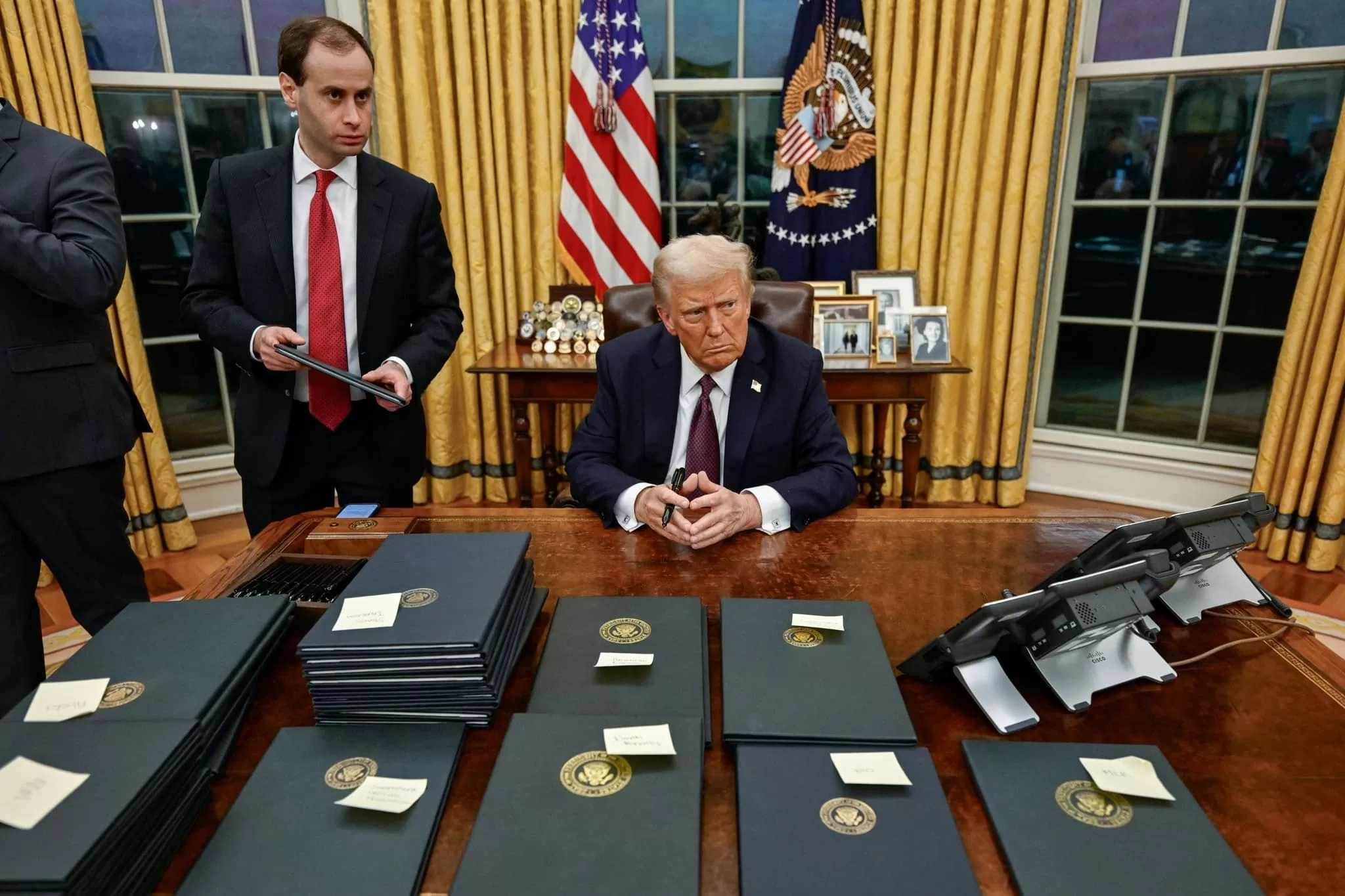 |
| President Trump’s approach to multilateralism is utilitarian, advocating for international institutions to serve U.S. interests directly. (Source: The White House) |
Impact on the Asia-Pacific
The Asia-Pacific occupies a pivotal role in President Trump’s foreign policy calculus.
Heightened U.S.-China Rivalry: The administration bolsters military operations in the East Sea and the Taiwan Strait, aiming to deter Beijing’s assertive moves in the region. Defense cooperation with allies such as Japan, the Republic of Korea, and Australia is intensified, with an emphasis on increased defense spending and greater regional security contributions.
Technological and Trade Competition: As the global race for technological supremacy heats up, the U.S. adopts stringent measures to curb China’s access to cutting-edge innovations, particularly in critical sectors like semiconductors. These actions underscore America’s determination to maintain its leadership in the tech landscape.
Broader global implications
The Trump Doctrine 2.0 reshapes not only the Asia-Pacific but also the wider international order, with far-reaching consequences across other regions:
Europe: The U.S. heightens pressure on NATO allies to confront both Russia and China’s growing influence. However, Europe’s economic reliance on China complicates efforts to align fully with Washington’s strategic priorities.
Africa and Latin America: The U.S. and China intensify their competition for influence in these regions through investment and aid initiatives. While Beijing advances its Belt and Road Initiative, the Trump administration focuses on bilateral trade deals and strategic projects to counterbalance China’s expanding footprint.
Global Polarization: Donald Trump’s policies contribute to a more polarized international landscape, compelling nations to align with either the U.S. or its rivals across economic, military, and technological domains. This growing bifurcation increases the likelihood of geopolitical tensions and power struggles.
In sum, the Trump Doctrine 2.0 represents a transformative shift in U.S. foreign policy, reshaping the global order to prioritize national interests and strengthen America’s strategic position. Focused on economic protectionism, the containment of rivals, and pragmatic multilateralism, it embodies a bold and unapologetic vision for sustaining U.S. leadership in a multipolar world.
By advancing policies that leverage military strength, redefine alliances, and challenge traditional norms of globalization, the doctrine seeks to navigate the complexities of an evolving international landscape. While polarizing in its execution, it underscores a clear objective: To safeguard America's dominance in an era marked by intensifying great power competition and rapid geopolitical shifts.
As the doctrine unfolds, its impact will reverberate across the global stage, redefining alliances, recalibrating power dynamics, and setting the tone for the future of international relations.
* This article reflects the author's sole point of view







